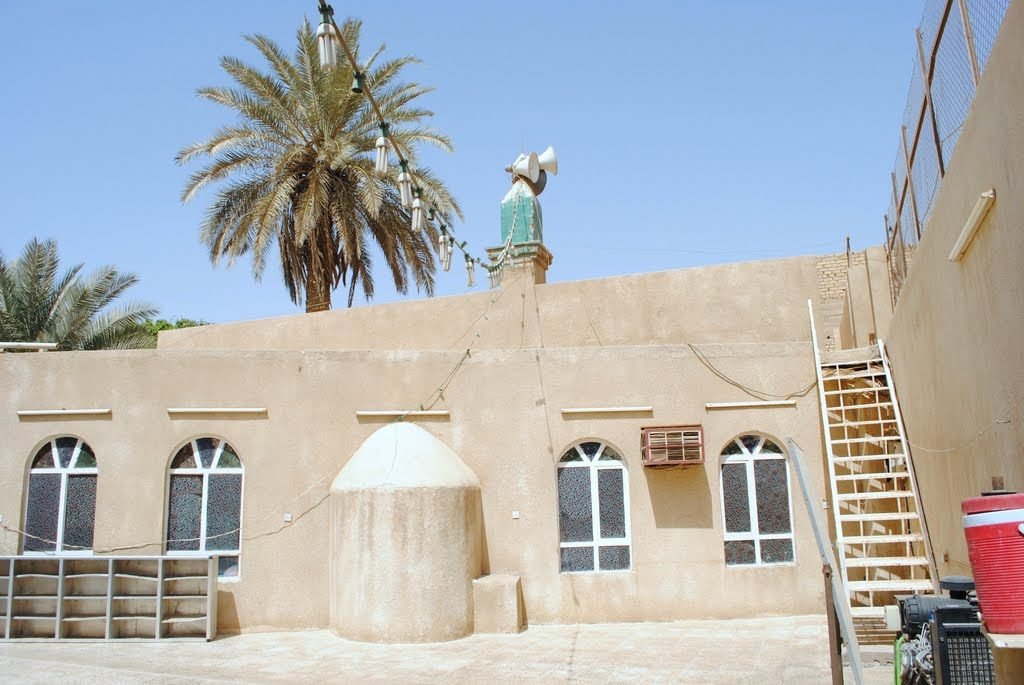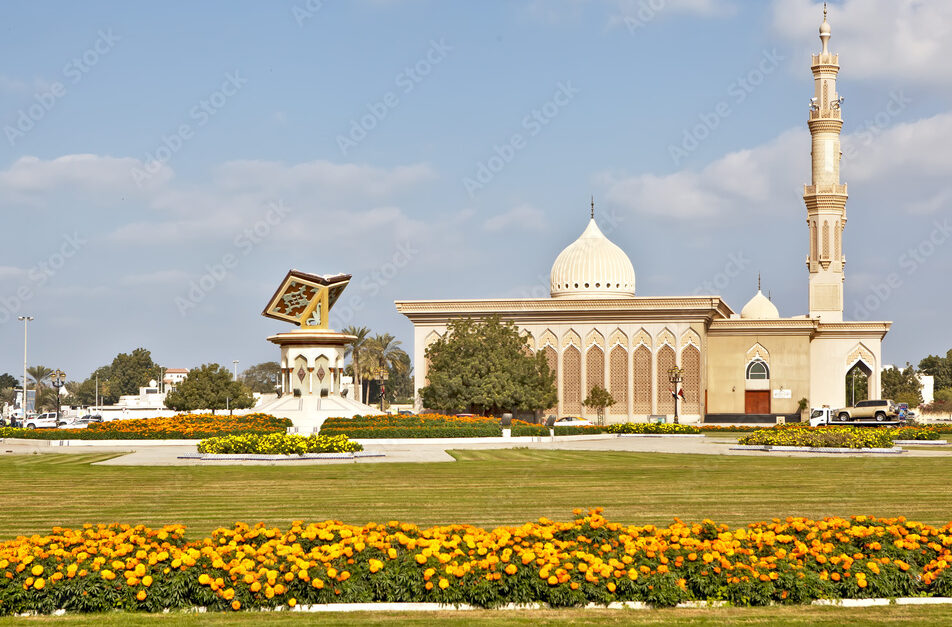When people think of Dubai, they often imagine towering skyscrapers, luxurious malls, and futuristic architecture. But beyond the modern skyline lies a different side of the city—a place where history, spirituality, and tradition are deeply rooted. One such place is the Imam Ahmed Bin Hanbal Mosque, a stunning and culturally rich landmark nestled in the heart of Dubai.
This mosque may not be as globally famous as the Grand Mosque in Abu Dhabi, but for many locals and visitors, it holds a special place. It’s a beautiful example of traditional Islamic architecture, combined with a deep spiritual atmosphere that offers peace and reflection to those who step inside.
A Mosque That Stands Out
Located in the Al Mizhar area, the Imam Ahmed Bin Hanbal Mosque is named after one of the most respected scholars in Islamic history, Imam Ahmed Bin Hanbal. He was known for his knowledge, humility, and strong commitment to Islamic principles, and his legacy lives on through this mosque.

From the outside, the mosque is breathtaking. Its large domes, tall minarets, and clean white exterior make it stand out even in a city filled with architectural wonders. The design draws inspiration from classical Islamic architecture, with intricate carvings, symmetrical patterns, and peaceful courtyards.

At night, the mosque lights up softly, creating a serene and inviting atmosphere. Whether you’re a worshipper or a tourist, it’s a sight that draws you in.
A Place for Worship and Community
More than just a place for prayer, the Imam Ahmed Bin Hanbal Mosque plays a key role in the community. It hosts daily prayers, Friday sermons, and special religious events throughout the year, including during Ramadan and Eid.
The mosque is especially busy on Fridays, when hundreds gather for the Jumu’ah (Friday prayer). The sermons delivered here are known to be thoughtful and rooted in the teachings of Islam, often addressing modern issues while staying true to the faith.
But beyond religious services, the mosque also serves as a space for learning and connection. There are regular Quran classes, lectures, and programs for both adults and children. For many families in the area, the mosque is not just a place of worship, but a second home.
Preserving Heritage in a Modern City

Dubai is a city that moves fast. Skyscrapers rise overnight, trends change quickly, and the city never seems to sleep. In this fast-paced environment, places like the Imam Ahmed Bin Hanbal Mosque act as anchors. They remind people of the cultural and spiritual roots that form the foundation of the United Arab Emirates.
The mosque is carefully maintained by Dubai’s Islamic Affairs and Charitable Activities Department (IACAD), which ensures that it remains open, accessible, and preserved in line with its heritage. Cleanliness, organization, and respectful conduct are priorities here—just as they are in any well-run mosque.
Open to All—With Respect
Non-Muslim visitors are welcome to admire the mosque from the outside and take in its beauty, though access to the inside may be limited to worshippers, especially during prayer times. That said, respectful visitors who dress modestly and behave politely are often greeted with kindness.
There is growing interest in cultural tourism in Dubai, and more travelers are looking to explore beyond the commercial centers. For such visitors, the Imam Ahmed Bin Hanbal Mosque offers a deeper understanding of Islamic traditions, hospitality, and faith.
The Man Behind the Name: Who Was Imam Ahmed Bin Hanbal?
Imam Ahmed Bin Hanbal, the mosque’s namesake, was one of the four main founders of Sunni Islamic schools of thought. Born in 780 CE in Baghdad, he was a scholar of great wisdom, humility, and strong character.
Despite facing imprisonment and hardship in his life for refusing to compromise his beliefs, he stood firm in his faith. His teachings emphasized purity of worship, sincerity, and strong moral values. Today, millions of Muslims around the world still follow the Hanbali school of thought inspired by his legacy.
By naming the mosque after him, Dubai honors not only a religious figure, but a symbol of integrity, scholarship, and dedication to truth.
A Quiet Spiritual Experience
Unlike some of Dubai’s bigger mosques or tourist-heavy attractions, the Imam Ahmed Bin Hanbal Mosque offers a quieter, more personal spiritual experience. The mosque doesn’t attract huge crowds of tourists or flashing cameras. Instead, it draws in those looking for peace, prayer, and purpose.
The interior of the mosque is designed with simplicity and elegance. Soft carpets, beautiful Quranic calligraphy on the walls, and natural lighting all contribute to a calming environment. There are separate areas for men and women to pray, as is common in mosques around the world.
On any day, you can find people here praying silently, reading the Quran, or simply sitting in reflection.
Why It Matters
In a city that’s often described as futuristic, it’s important to also celebrate the spaces that keep history and tradition alive. The Imam Ahmed Bin Hanbal Mosque is more than just a building—it’s a living part of Dubai’s spiritual and cultural identity.
For locals, it’s a familiar and beloved space. For visitors, it’s a chance to see a different side of Dubai—one that’s calm, sacred, and deeply meaningful.
Whether you are a practicing Muslim, a curious traveler, or someone simply seeking a quiet moment, the Imam Ahmed Bin Hanbal Mosque is worth your attention. It may not be the biggest or most famous mosque in Dubai, but it’s one of the most heartfelt.
Also read: You Won’t Believe the Beauty of Abu Dhabi’s Newest Mosque













